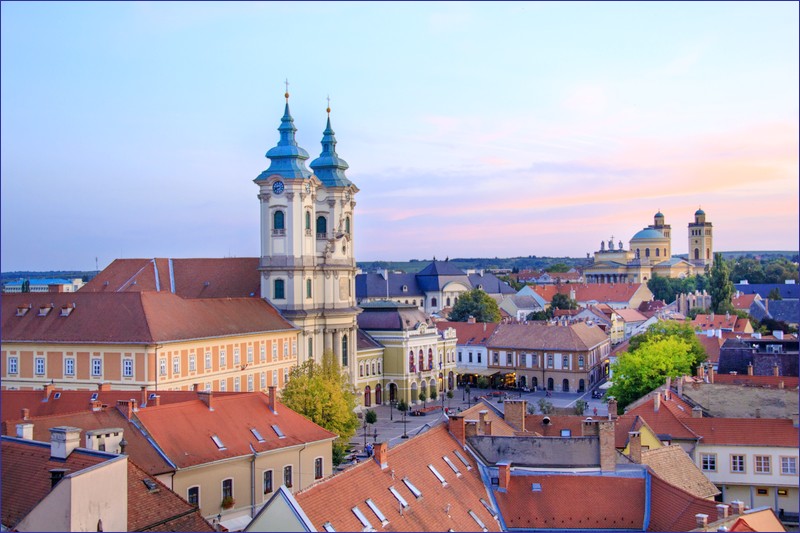Košice is the second-largest city in Slovakia and one of my favorite cities in the country. The revitalized city center, filled with numerous historic monuments and caffees, is just a few minutes’ walk from the train station. Košice is also an important railway hub. Traveling by train from the capital of the East Slovakia, you can plan day trips from Košice by train around East Slovakia and Hungary. However, safety on trains and in towns east of Košice leaves much to be desired—there is a high risk of petty crime. Košice is a great base for railway excursions, but accommodation prices are very high, and tourists often complain about the quality of lodging services.
In this article, I included places that can be reached from Poprad within two hours by regional and express trains, and in some cases also by international trains. The list is not exhaustive; I encourage you to search for interesting places on your own.
Direction: Poprad
Spišská Nová Ves – A district town with just under 40,000 inhabitants. It’s definitely worth stopping here for a few hours. Tourists will find one of the most beautiful town squares in Slovakia, several religious monuments, and many attractive buildings. The most popular landmark is the Church of the Assumption of the Virgin Mary. Its tower, at 87 meters, is the tallest church tower in Slovakia and is open to visitors. Another attraction in Spišská Nová Ves is a small zoo. The historic part of town is close to the train station, so sightseeing doesn’t take much time. Currently, the town offers relatively affordable accommodation (by Slovak standards), making it a good base for train trips.
From Spišská Nová Ves, it’s worth taking a bus to Levoča – a beautiful town with many historic buildings and a preserved old-town layout surrounded by defensive walls. The symbol of the town is the market square, at the center of which stands a beautiful town hall connected to a tower, with a pillory nearby. Trains used to go to Levoča, but now the railway station is inactive; a special train arrives here only once every few years. The bus takes 25–30 minutes, and buses via Harichovce are the fastest. Express buses from Levoča to Poprad take about 10 minutes longer.
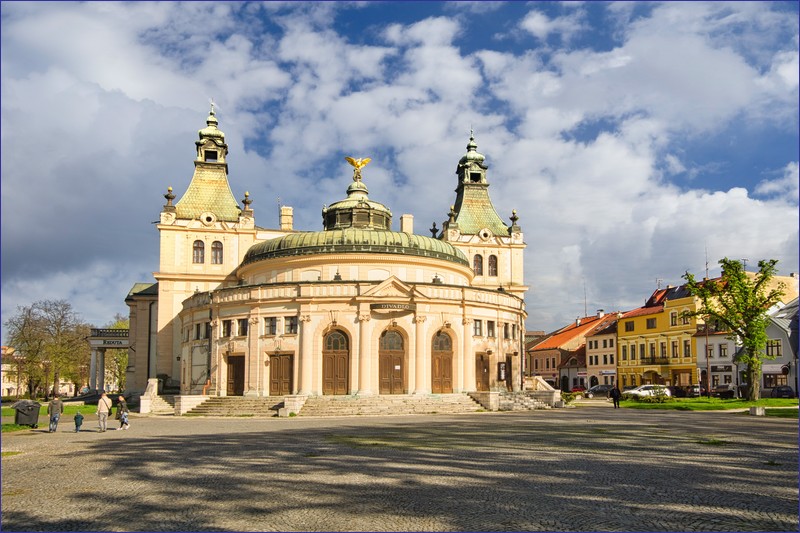
Poprad – A popular resort town, frequently visited not only by Polish tourists. Architecturally, the center is somewhat disappointing – apart from St. Egidius Square, Poprad has little to offer (the exception being Spišská Sobota, 3 km from the center). However, the town is an excellent base for excursions, not only for mountain trails. Other attractions include the well-known AquaCity Poprad water park and the narrow-gauge Tatra Electric Railway network, departing from Poprad-Tatry station.
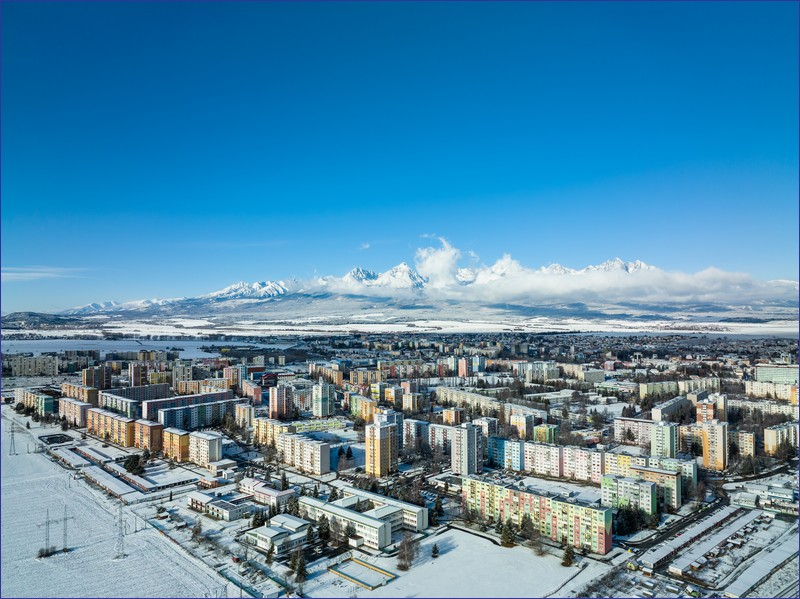
Direction: Prešov
Prešov – The third-largest city in Slovakia. The most beautiful area in Prešov is the main square – a walk from the train station to the square takes about 15 minutes. Most major monuments and attractions are located around the square or in the adjacent streets. In the middle of the square stands the Co-Cathedral of St. Nicholas, with a viewing tower open to tourists. Another observation point is the town’s water tower. A notable monument is the Greek Catholic Cathedral of St. John the Baptist from the 18th century, connected to the Bishop’s Palace. Outside the center, you can visit the Calvary with Stations of the Cross, the EkoPark Holá Hora (mini-zoo), the old saltworks district of Solivar with a mining colony, and the Church of the Nativity of St. John the Baptist.
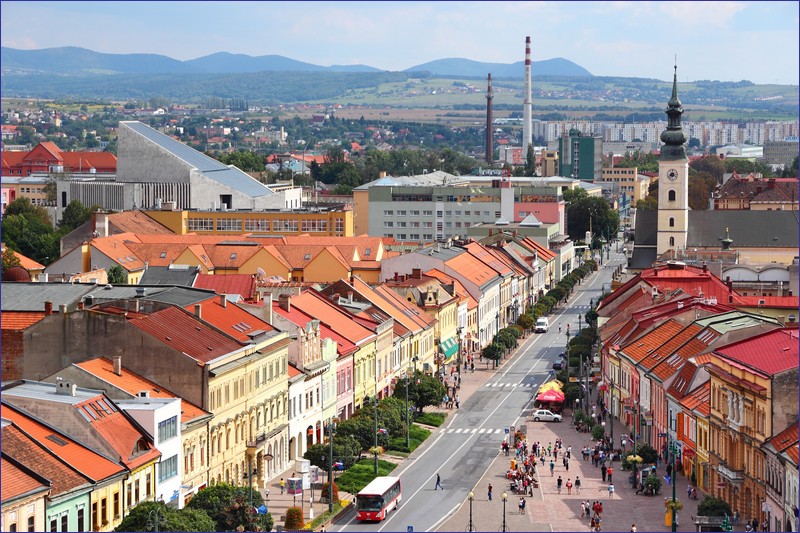
Trains from Prešov toward Vranov nad Topľou stop after five minutes at Kapušany pri Prešove station. Above the town loom the ruins of a castle on a hill. Two trails lead from the train station to the ruins, and the hike takes about 40–50 minutes one way.
Bardejov – One of the most beautiful small towns in Slovakia, known for its stunning town square. The sloped square, surrounded by charming low townhouses with a town hall and the Church of St. Egidius in the center, is a gem of Slovakia. The church tower is open to visitors. If time allows, take a suburban bus to the nearby Bardejovské Kúpele spa to sample the medicinal mineral waters and visit the open-air museum (skansen).
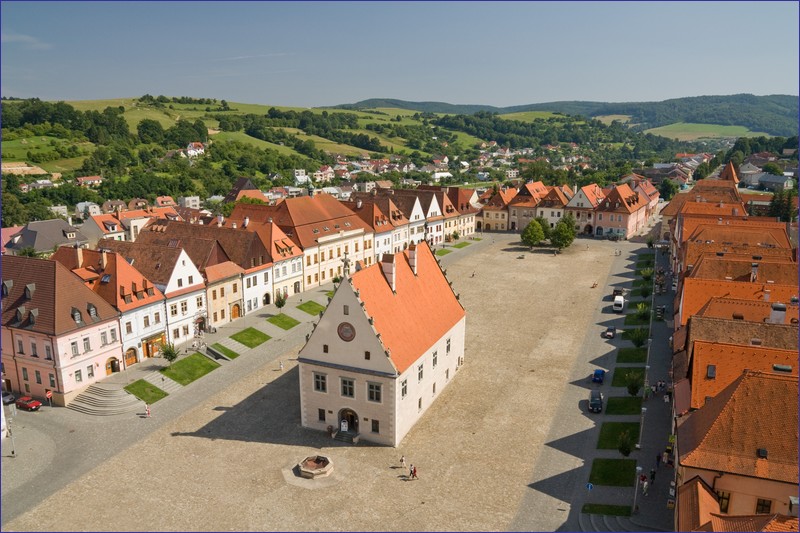
Direction: Čierna nad Tisou
Slovenské Nové Mesto – The Slovak part of the town offers no attractions; head straight toward the Hungarian border. Walking between the Slovak and Hungarian train stations takes about 30 minutes.
Sátoraljaújhely (Hungary) – The Hungarian side is much more attractive. Highlights include religious monuments (such as the so-called “wine church”), a baroque town hall, remnants of the Jewish ghetto – a cemetery and synagogue – and a chairlift up a nearby hill. On the edge of town is the Zemplén Adventure Park, next to a Tesco hypermarket, and a few kilometers further, a narrow-gauge railway. On the outskirts of town, reportedly the world’s longest suspension bridge has been built. Just 10 km from Sátoraljaújhely lies Sárospatak, a small town known for the Rákóczi Castle and the Végardó thermal baths.
Direction: Rožňava
Rožňava – A town with about 20,000 residents. Religious monuments dominate the main square – including the Church of St. Francis Xavier with a tower open to tourists. Nearby is the Cathedral of the Assumption of the Virgin Mary, with an ornately decorated interior. South of the square stand both an Evangelical and a Calvinist church. A local attraction is the Mining Museum, housed in three buildings. In addition to mining, it has permanent exhibitions on metallurgy and the nature of the Slovak Karst. Be sure to get off at Rožňava mesto station, as other stations are far from the city center.
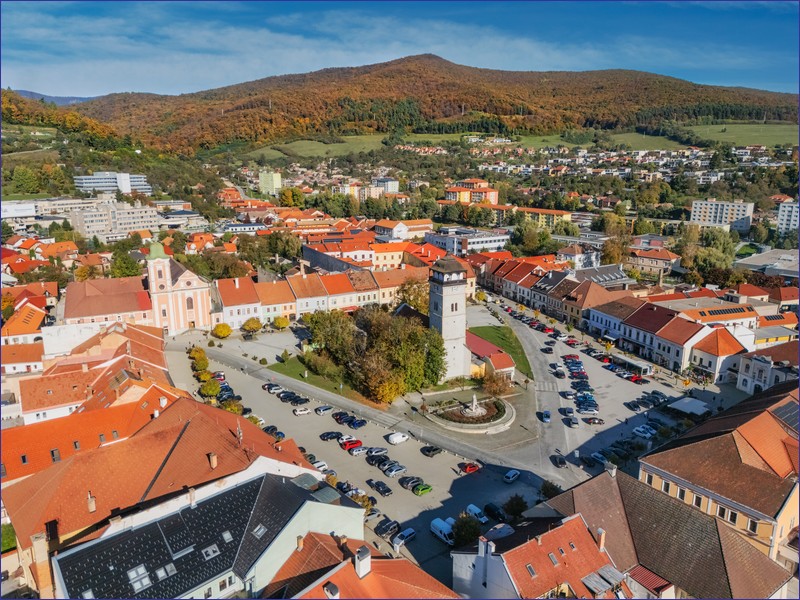
Direction: Miskolc
After the renovation of the railway line, trains between Košice and Budapest run frequently, and the journey is much faster. The connection makes it easy to reach other Hungarian cities – Miskolc and Eger.
Miskolc – An industrial city with vast housing blocks. Despite this, it is worth visiting – the city center features a pleasant pedestrian zone, and there are two historic train stations (one in ruins). Some people compare Miskolc to the Hungarian Katowice or the Czech Ostrava. I don’t know how accurate that is, but I do know it’s worth taking a suburban bus to the nearby Lillafüred Park, where you’ll find a picturesque narrow-gauge railway and a beautiful castle.
Eger – One of the most beautiful towns in Central Europe. It has a preserved historic layout, numerous monuments, wineries, churches, a castle, a Beatles Museum, and a narrow-gauge railway just outside the town, all of which attract tourists from around the world. Highly recommended. To get to Eger from Miskolc or Košice, transfer to a local train at the Hungarian station Füzesabony.
Train travel in Slovakia – a comprehensive guide
Košice train station
Narrow-gauge railways in Slovakia
